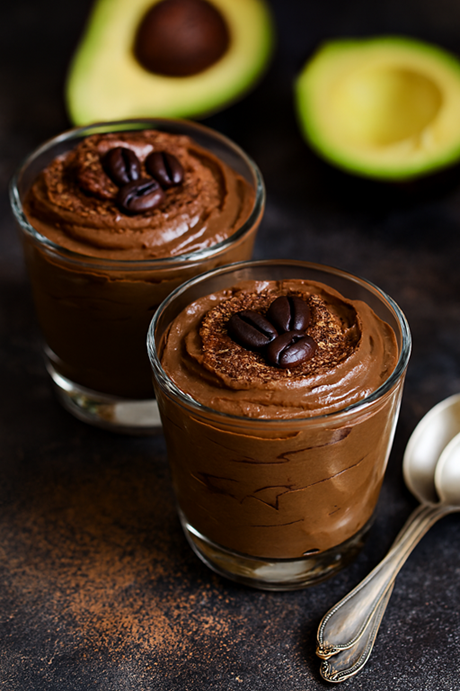It has its history and meaning
The Yule Log, also known as Bûche de Noël, has its roots in ancient European winter traditions. This Christmas delight dates back to the custom of burning logs in the fireplace during the winter festivities, symbolizing the returning light and the rebirth of the sun. As Christmas became established as a Christian celebration, the Yule Log was adopted in many homes, serving as both a symbol of celebration and family unity around the table.
The creation of the Yule Log as a dessert began in France in the 19th century, where the idea of the burning log was adapted to a renowned cake that imitates a tree trunk. Since then, this dessert is traditionally made in the form of a rolled sponge cake, which is filled with butter cream and decorated with chocolate to look like a log. Over time, this delicacy has spread to other parts of the world, becoming an iconic part of the Christmas festivities, particularly in North America.
The popularity of the Yule Log has grown over the years, not only for its flavor, but also for its aesthetics, which add a rustic and charming touch to festive tables. Currently, you can find various variants of this dessert, which allow adaptations to different diets and personal preferences. In every home, the Yule Log becomes a symbol of the warmth and togetherness that the Christmas season represents, being an integral part of modern celebrations.
*Some prices may have changed since the last review.
Step by Step Recipe to Make Your Own Yule Log
Preparing a Yule Log is a Christmas tradition that brightens festive tables. To make your own Yule Log, you will need the following ingredients:
Ingredients
4 eggs
100 grams of sugar
90 grams of flour
30 grams of cocoa powder,
1 teaspoon baking powder
a pinch of salt
For the filling:
200 ml whipping cream
50 grams of melted dark chocolate
To decorate:
Choose between icing sugar, grated chocolate or small Christmas figures.
In addition to the ingredients, it is advisable to have the following equipment: a rectangular mold measuring approximately 30×20 cm, parchment paper, electric mixer, spatula, and a cooling rack. These utensils will facilitate the baking and assembly process of the Yule Log.
Directions
Start by preheating your oven to 180 degrees Celsius. In a large bowl, beat the eggs with the sugar until the mixture is foamy and white. Add the flour, cocoa powder, baking powder and a pinch of salt, mixing gently until you obtain a homogeneous dough. Pour the mixture into the mold previously lined with parchment paper and spread it evenly.
Bake for 12 to 15 minutes, or until a toothpick inserted comes out clean. Once baked, remove the cake from the oven and let it cool. While you wait, you can prepare the filling. Beat the cream until stiff and mix it with the melted chocolate.
Disassemble the cake carefully on a clean, damp kitchen towel. Sprinkle a little sugar to prevent sticking. Spread the filling over the surface, roll the cake into a log and place it on a platter. Finally, decorate to your liking with icing sugar and other Christmas toppings. You can experiment with different flavors, such as adding coffee to the filling or chopped nuts. This Yule Log recipe is not only delicious, but it is also a visual delight for the Christmas celebration.
Tips to Decorate your Yule Log and Make It Unique
The Yule Log is a traditional dessert that offers an excellent opportunity to display creativity in its decoration. To make this sweet a unique element in your Christmas celebrations, consider using various techniques and decorative elements. A popular approach is the use of fondant, which allows you to model figures and details that add a special touch. You can choose to create mushrooms, pine branches, or even small gifts, all made from fondant in a variety of colors and textures.
Icing also plays a crucial role in the presentation of the Yule Log. Using a rich, smooth chocolate frosting can mimic the bark of a real log, while a buttercream frosting can provide an attractive contrast. For a more natural effect, experiment with different glazing techniques, such as using a spatula to create soft ripples that simulate the look of wood. Don’t forget to add a little icing sugar on top to simulate snow, creating a charming winter landscape.
On the other hand, natural elements are an excellent way to beautify your Yule Log. Consider using pine twigs, holly leaves, or even dried fruits like figs and pears for an organic and festive touch. These elements not only enhance the aesthetics of the dessert, but also provide natural fragrances that evoke the Christmas season. To present the Yule Log, use a decorative tray, adorned with more pine branches and Christmas decorations, which will provide an attractive backdrop that will highlight your creation.
“Some links on this page are affiliate links. And they could bring a financial benefit to Heavenlyflavor.site at no additional cost to you.”






